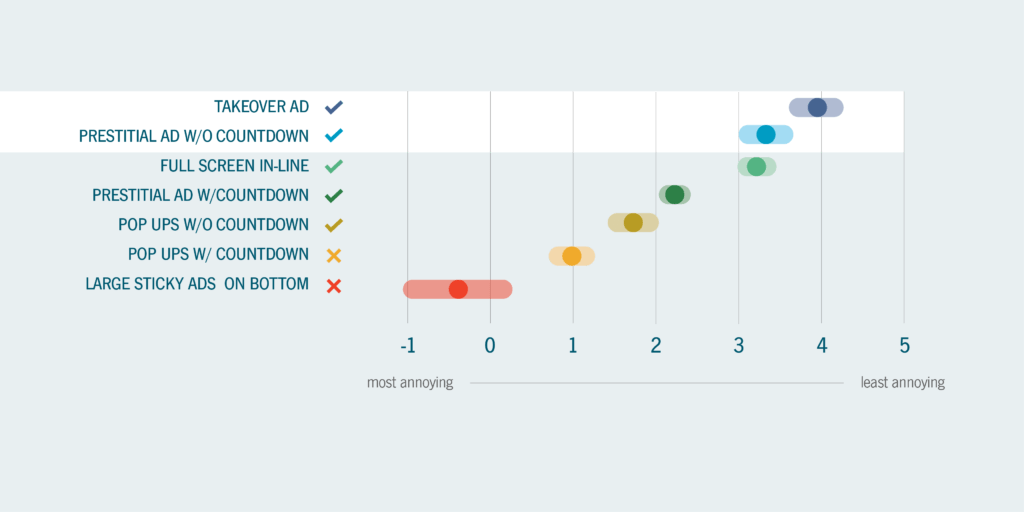Ad blocking has been around for years – mainly used by individuals downloading programs to remove “annoying” advertising from their online experience (think pop-ups and flashing banners). But in the past month, Apple and Google have joined the fray – announcing their own built-in ad blocking technology, to be rolled out in future versions of Chrome and Safari.
So what are the implications for advertisers? Here are the top three points to keep in mind.
1. The publishing model is changing
At the beginning of June, Google announced it would allow publishers to ask readers with ad blockers to make micropayments in exchange for seeing their content ad-free. This could change the way sites develop and deliver their content. Up until now, content-driven sites were focused on creating great content to attract eyeballs to their site and cash in on ad revenue. With Ad Blockers in place, the ability for the writer or site to make money is diminished, so in return Google is saying that publishers will have the right to ask readers for micropayments in order to read their content. It is unclear the amount that will be asked or what the exact trade off will look like but it is safe to say this is a ripple effect ad blockers have created.
2. Focus on user experience
The introduction of built-in ad blocking doesn’t mean all publishers will move toward micropayments or that all ads be blocked or removed from landing pages – but intrusive, annoying ad formats will be. Google and Apple are working towards a better user experience without annoying and unwanted ads, so keep this in mind when planning creative. Steer especially clear of:
• Ads that interrupt – ads that force people to wait 10 seconds or longer till the user sees the content
• Ads that distract – ads that make a lot of noise and flash bright lights or annoying sounds
• Ads that clutter – ads without frequency caps that overcrowd landing pages

Source:
3. Invest in ads that work
There is a lot of engaging advertising out there – and aside from strong creative, they have the following characteristics in common:
- They are immediate – it should go without saying, but people are more likely to engage with your content when ads load fast and don’t slow down the content they came for
- They are immersive – experiences that seamlessly blend with a user’s content experience are less likely to annoy them. Native advertising offers the opportunity to deliver ads that fit the form and function of your site’s content.
- They are relevant – ads that are tightly targeted to line up with your consumers’ interests and even location help them stay engaged with your ads.
By keeping the ideas above in mind, you can rest assured your message can still get out there. Ad blockers are not designed to hurt the advertising world by removing ads from dedicated landing pages. They are designed to improve the user experience and push agencies to create better and more relevant ad experiences.
For more information on how advertisers can navigate the new reality of ad blocking, please get in touch with DAC!




